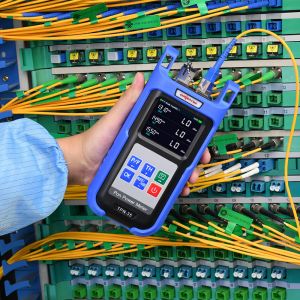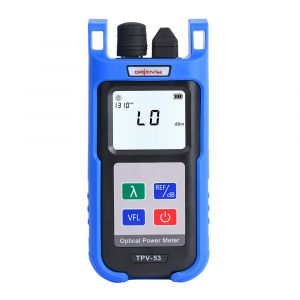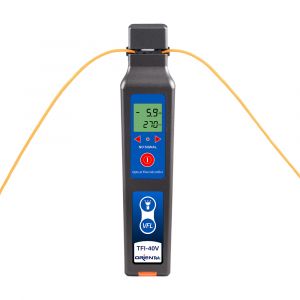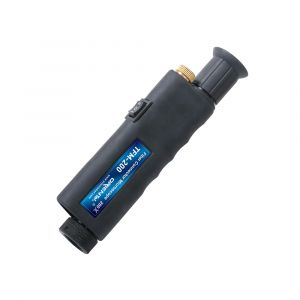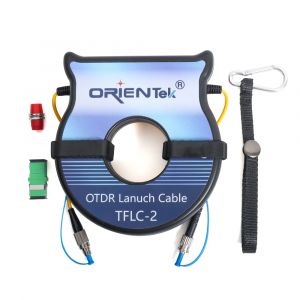A Fiber to The Home (FTTH) is a network that provides an optical fiber link from the operator or Internet service provider to the subscriber's home. FTTH is one of the most powerful technologies for fixed Internet access:
It promotes the performance and the reliability of passive infrastructure,
It offers the fastest and most symmetrical connection speeds,
It allows the evolution of new Internet uses, multimedia and connected services thanks to speeds much higher than those of ADSL.
Optical fiber: your data at the speed of light
A glass or plastic wire thinner than a hair, the fiber carries data by means of a light signal: this data travels at the speed of light, with virtually no limitation on flow or alteration by distance.
It is expressed in "bit", a unit of measurement of the amount of data that can flow through a network (kilobits, megabits or gigabits depending on the flow level). The higher the throughput, the faster the transmission and reception of data (documents, videos, music, etc.).
FTTH: a sustainable technology
Deploying an FTTH network is a long-term investment. Indeed, if the life expectancy of an underground optical cable is at least 25 years, the lifetime of this technology will probably be longer. Thus, this network will gradually replace the copper local loop (telephone network).
In addition, the capillarity of optical links is a key issue for 5G, thus facilitating the connection of radio antennas, but also sensors and other equipment for local authorities in smart territories.
Fibre for companies
For businesses and the economic world, HSBB networks and digital technology are an important factor in generating wealth by stimulating growth and innovation, as well as enhancing competitiveness in a globalized market.
Whether for self-employed people, start-ups, SMEs or large groups, in large cities or in smaller municipalities, the productivity gain offered by the HSBB is undeniable for all actors in economic life. It allows in particular:
To send and receive large files. Most activities today require the exchange of files, whether in the tertiary sector (e. g. architects, advertising, fixed or animated images, IT services, etc.), in industry (e. g. plans, manufacturing files, just-in-time orders, etc.) or in agriculture (e. g. multimedia platforms to bring farmers closer to distributors, consumers and catering companies),Take advantage of recent advances in cloud storage. The fiber network simplifies relations between geographically distant employees by allowing more systematic audio or videoconferencing, and even makes it possible to avoid certain trips that are costly financially or in terms of energy. The company's employees can also work from home (teleworking), under the same conditions as if they were in the office,Enjoy an extensive professional media library. The development of new content download services (business videos, images, software and regular updates, etc.) online allows the company to have access to a large quantity of resources without using traditional physical media (e.g. CDs, DVDs, hard disks),To be trained. The development of Massive Open Online Course (MOOC), tutorials, and e-learning allows everyone in the company to train at their own pace to acquire new knowledge or deepen it, learn to use software, progress in their professional careers, etc.
Fiber for education, health and culture
At the educational level, schools will be able to use digital textbooks, tactile tablets and interactive tutoring.
In terms of health, the HSBB will promote access to care for all. It will allow better patient care, easier outreach for professionals and even remote medicine (teleconsultation).
At the cultural level, the HSBB can bring us closer to our historical and cultural heritage, with, for example, virtual visits to major museums or historical sites in High Definition (HD).


